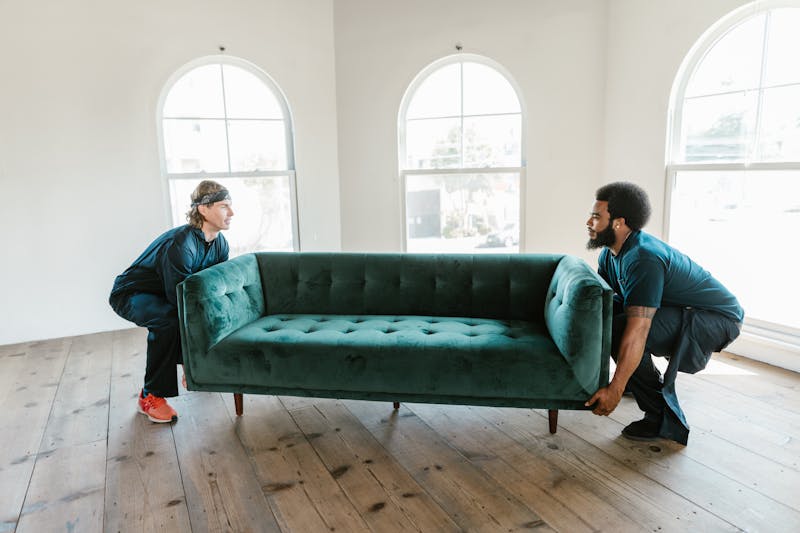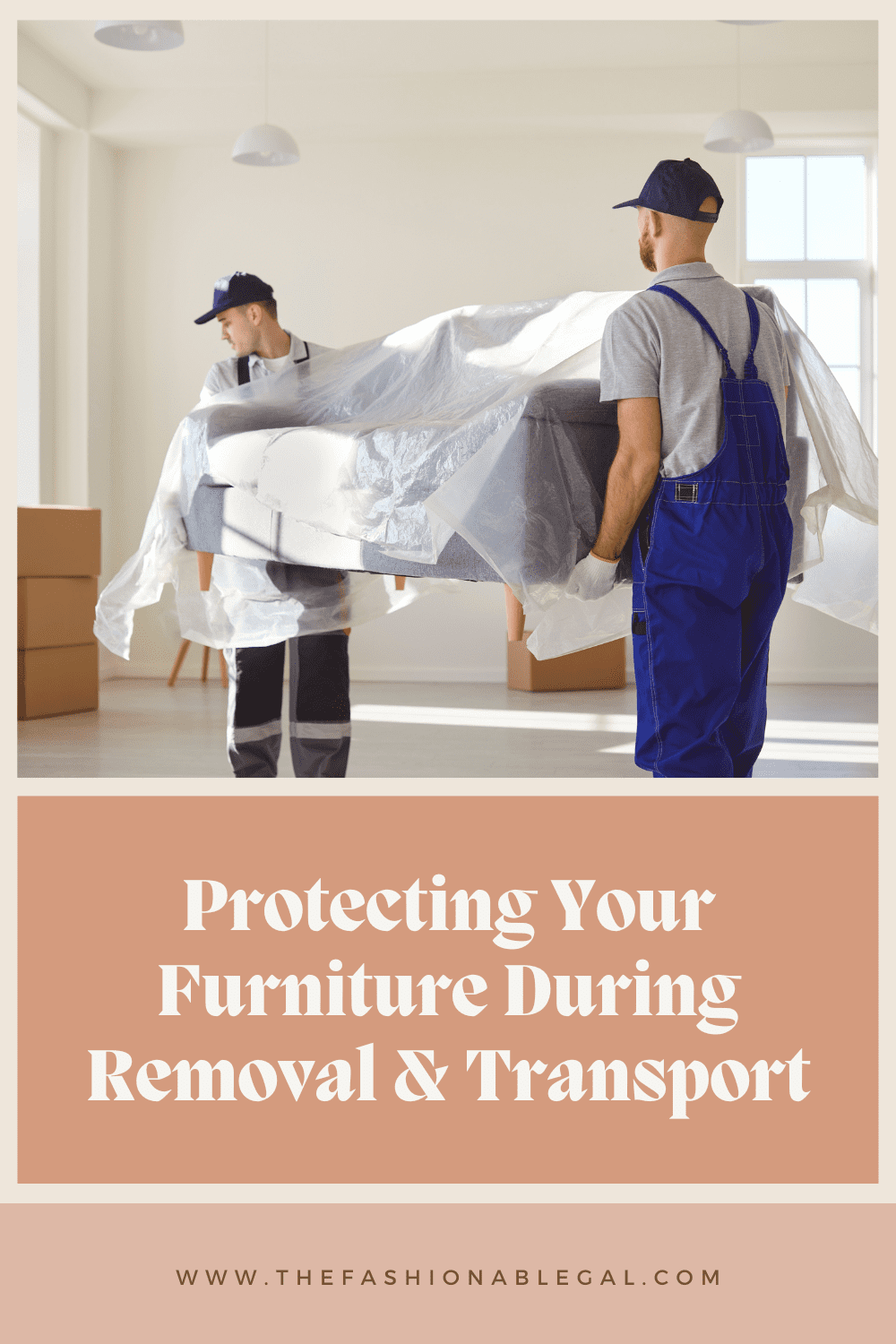Protecting Your Furniture During Removal and Transport

Table of Contents
- Disassemble Large Furniture Pieces
- Use Proper Packing Materials
- Protect Furniture Corners and Edges
- Utilize Moving Tools
- Protect Furniture in the Moving Truck
- Protect Floors and Walls
- Label and Organize
- Conclusion
Moving furniture from one place to another can be a stressful process, especially when you want to ensure that your belongings arrive in perfect condition. Scratches, dents, and accidental damage are common risks if the proper precautions aren’t taken. From wrapping fragile pieces to using the right tools for lifting, taking steps to protect furniture can save you time, money, and frustration in the long run.
For those relocating or upgrading their living spaces, professional help can make all the difference. Services like furniture removal Fort Lauderdale provide both the expertise and equipment needed to handle heavy or delicate items with care. With the proper support, you can focus on settling into your new space knowing your furniture has been transported safely and securely.
Disassemble Large Furniture Pieces
Disassemble large furniture such as bed frames and dining tables before moving to lighten them and make handling easier, which also decreases the risk of damage. Store all hardware in labeled bags and take photos before and during disassembly to facilitate a smooth reassembly process.
Use Proper Packing Materials
Quality packing materials are your first line of defense against scuffs, scratches, and chips. Invest in thick moving blankets, stretch wrap, bubble wrap, and sturdy tape to provide robust protection. Wrapping wood or glass surfaces with soft blankets and padding absorbs shocks from bumps during the move, while plastic sheeting keeps upholstered items clean and dry. For exceptionally fragile or valuable pieces, consider double-layering your protection and even crating as an extra measure.
Protect Furniture Corners and Edges
The corners and edges of your furniture are most susceptible to damage during removal and placement. Use specialized corner protectors or create homemade covers by folding and securing cardboard pieces over these areas. Attach them with gentle masking or painter’s tape—these are less likely to leave residue or damage finishes. Reinforcing corners can save you from costly repairs and maintain the attractive appearance of your furniture throughout the move.
Utilize Moving Tools
Using proper moving equipment accelerates the process, minimizes the risk of injury, and protects property. Rental or purchase of tools such as dollies, straps, and sliders makes transporting bulky items easier. Dollies help move heavy furniture, while sliders help glide items over floors without scratching and reduce physical effort.
Protect Furniture in the Moving Truck
Careful packing in the moving truck is crucial to ensure items remain safe during transit. Start by loading heavy items first, placing them upright against the walls for stability. Use straps or ropes to secure everything in place. Stack lighter boxes on top, ensuring that you do not place heavy items on fragile surfaces. Proper packing helps prevent unexpected issues during unloading.

Protect Floors and Walls
Moving heavy furniture can damage floors and walls. To prevent this, lay blankets, towels, or cardboard in high-traffic areas before you begin. Add extra padding around corners and tight spaces to protect both your furniture and home during the move. For additional guidance, check out Livingetc’s expert tips on property protection.
Label and Organize
Keeping your move organized is essential for efficiency and stress reduction. Clearly label each piece of furniture and every box with its room destination and any orientation notes or assembly instructions. Organizing components, hardware, and labels in advance will save valuable time and headaches during setup in your new space, ensuring a more manageable transition.
Conclusion
By planning, using quality packing materials, and paying close attention to key details, you can ensure you are protecting furniture from harm and make your moving experience as smooth as possible. Organized execution ensures both your old and new spaces stay looking great, while your treasured items remain undamaged. Every move has its challenges, but systematic preparation transforms it into a much smoother—and more successful—process.

